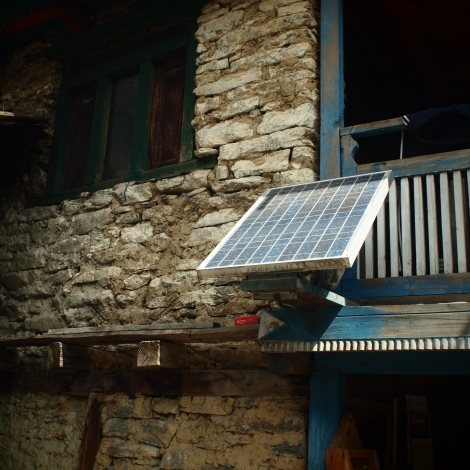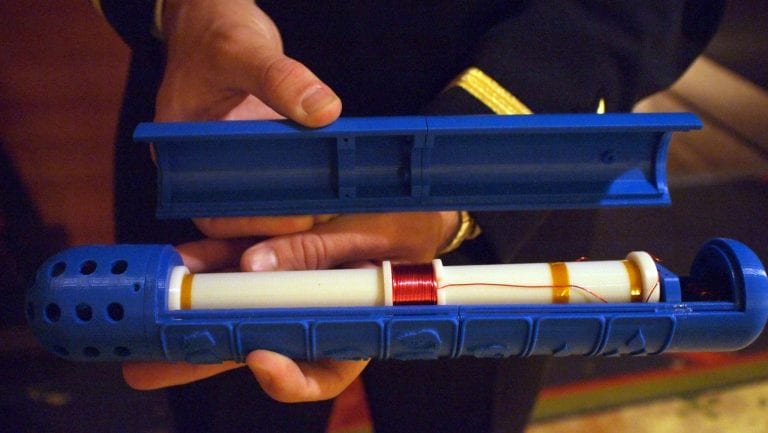Some three weeks have passed since the Humanitarian Technology conference was held in Boston this year, and back on the other side of the world in Australia, I am left with just the key points resonating in my mind like bell peels. What we are doing isn’t necessarily done the right way and so it isn’t getting us to where we need to go.
Gisli Olafsson, from NetHope, was the first presenter and he set the scene for me. Rather than the expected back-patting congratulatory message supporting all of our attempts and endeavors to make the world a better place and giving us warm fuzzy feelings, Gisli highlighted that we aren’t necessarily doing this the right way. We spend more time reporting what we do than actually doing it; our data connectivity results in centralized decision making rather than front-line decision making; our academics are too theoretical; our business models are not sustainable; and we are wasting opportunities to utilize data efficiently.
We spend more time reporting what we do than actually doing it; our data connectivity results in centralized decision making rather than front-line decision making; our academics are too theoretical; our business models are not sustainable; and we are wasting opportunities to utilize data efficiently.
I was taken aback by the bluntness of this general message. As an academic focused on Humanitarian Technology; having previously worked in East Timor and the Solomon Islands in a military capacity; as well as Nepal with the World Food Programme, all of these points hit chords. Gisli wasn’t giving an unfounded opinion. He wasn’t putting forth a controversial message to spark conversation. He was simply articulating what we could all see.
If the first presentation presented the key message, the second presentation put the exclamation mark to it. The panel discussion from Oxfam presented a point about how we do the work we do. I aim to teach my engineering students at the University of Adelaide that engineers need to be client focused. Irrespective of company type, there is an end user: a client. If the design and engineering work does not focus on them, there is, or will be, a problem. So when a panelist from Oxfam stated that the Humanitarian Process is broken because we don’t focus on the people and communities (read: clients), it made me realize that we are not doing everything the right way. We are making rookie mistakes thinking we know what the client wants, without including the client in the design process.
Numerous other presenters touched on this point. David Ott from the Global Humanitarian Lab highlighted that we need to enable communities; promote bottom-up innovation. Tim Whitehead from De Montfort University highlighted the importance of products that have affinity and desirability. Kathryn Ortbal showcased the educational personas so that students from Penn State have a genuine client to consider.
I’ll be honest and state that, during a conference presentation, if I’m not 100 percent engaged, my mind wanders. This can happen a lot, so I’m fairly picky about the conferences I attend. If I have something better to do, I do that. Add to that, it is close to 30 hours of traveling from Adelaide to Boston, which means that I can waste up to three days, excluding jet lag for a three-day conference. However, from HumTech 2016 I have a book full of notes I took from various presentations during the conference.
The passion, the capability, the overall potential to make billions of lives better is there, but we need to be more efficient.
Cristian Birzer is a Senior Lecturer in mechanical engineering at the University of Adelaide and an associate editor of the Journal of Humanitarian Engineering at Engineers Without Borders, Australia.


How can I join a working team on rural dwelling pv electrification? or concventrated solar power for water desalting and purifying?